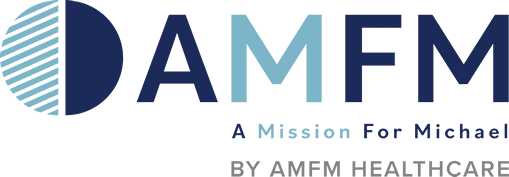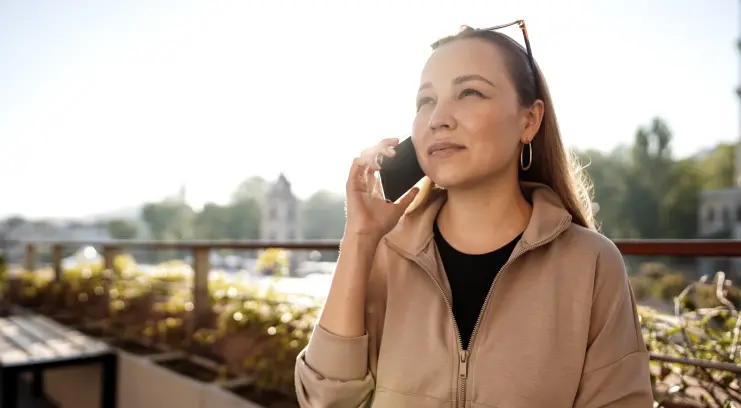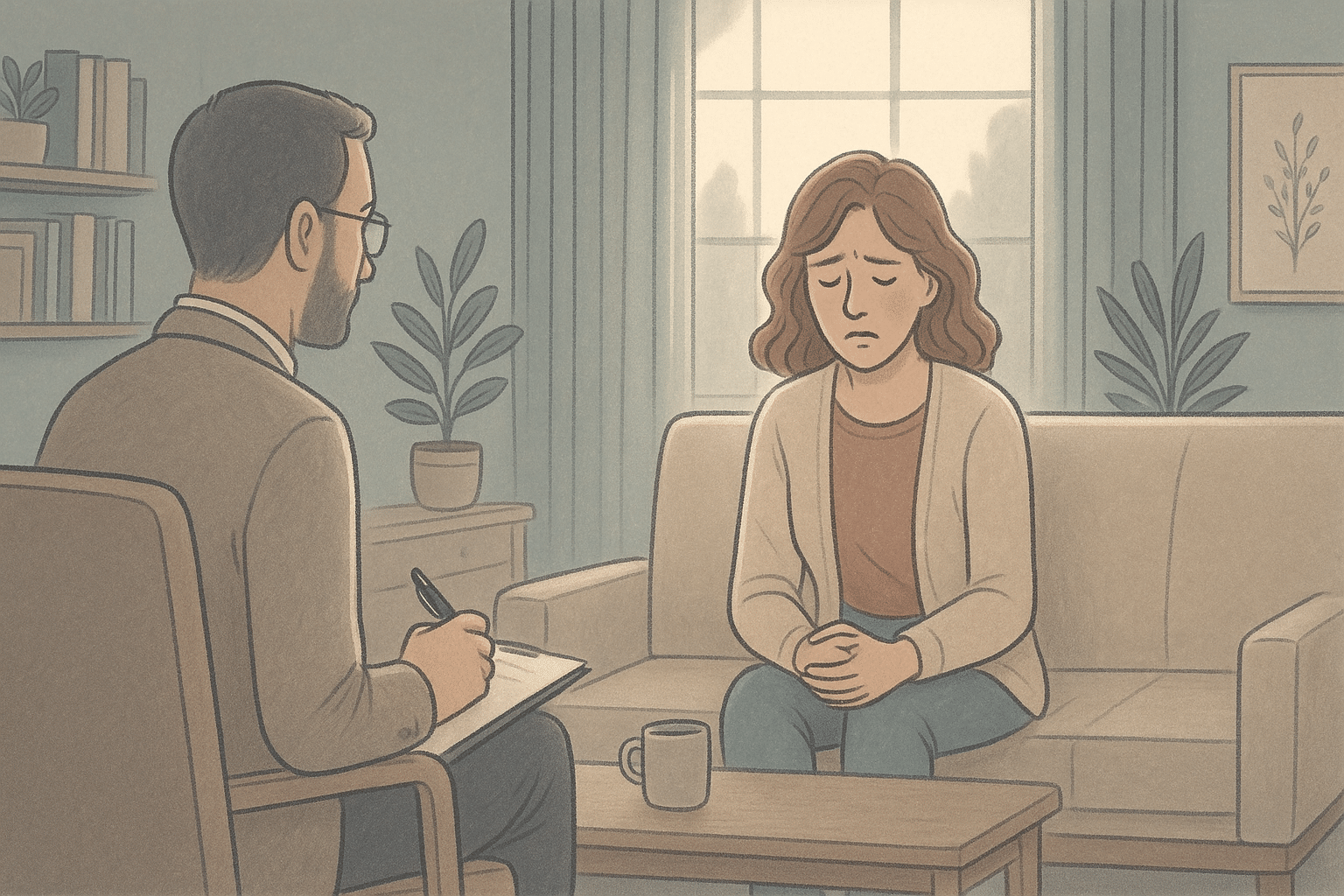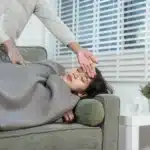Lisa Klevebrant, Andreas Frick, Effects of caffeine on anxiety and panic attacks in patients with panic disorder: A systematic review and meta-analysis, General Hospital Psychiatry, Volume 74, 2022, Pages 22-31, ISSN 0163-8343, https://doi.org/10.1016/j.genhosppsych.2021.11.005. (https://www.sciencedirect.com/science/article/pii/S0163834321001614)
Kaplan, G. B., Greenblatt, D. J., Ehrenberg, B. L., Goddard, J. E., Cotreau, M. M., Harmatz, J. S., & Shader, R. I. (1997). Dose‐dependent pharmacokinetics and psychomotor effects of caffeine in humans. The Journal of Clinical Pharmacology, 37(8), 693–703. https://doi.org/10.1002/j.1552-4604.1997.tb04356.x
Cappelletti S, Piacentino D, Sani G, Aromatario M. Caffeine: cognitive and physical performance enhancer or psychoactive drug? Curr Neuropharmacol. 2015 Jan;13(1):71-88. doi: 10.2174/1570159X13666141210215655. Erratum in: Curr Neuropharmacol. 2015;13(4):554. Daria, Piacentino [corrected to Piacentino, Daria]. PMID: 26074744; PMCID: PMC4462044.
Evans J, Richards JR, Battisti AS. Caffeine. [Updated 2024 May 29]. In: StatPearls [Internet]. Treasure Island (FL): StatPearls Publishing; 2025 Jan-. Available from: https://www.ncbi.nlm.nih.gov/books/NBK519490/
Commissioner, O. of the. (2024, August 28). Spilling the beans: How much caffeine is too much?. U.S. Food and Drug Administration. https://www.fda.gov/consumers/consumer-updates/spilling-beans-how-much-caffeine-too-much
Smith, Sara. “BHP Blog – Behavioral Health Partners (BHP).” BHP Blog – Behavioral Health Partners (BHP) – University of Rochester Medical Center, 10 April 2018, https://www.urmc.rochester.edu/behavioral-health-partners/bhp-blog/april-2018/5-4-3-2-1-coping-technique-for-anxiety. Accessed 9 April 2025.
“Psychotherapy: Understanding group therapy.” American Psychological Association, 31 October 2019, https://www.apa.org/topics/psychotherapy/group-therapy. Accessed 20 February 2025.
“APA Dictionary of Psychology.” APA Dictionary of Psychology, https://dictionary.apa.org/cognitive-behavior-therapy. Accessed 20 February 2025.
“What is EMDR?” EMDR Institute, https://www.emdr.com/what-is-emdr/. Accessed 20 February 2025.
MA, Carlberg K. “Crisis Intervention – StatPearls.” NCBI, 24 April 2023, https://www.ncbi.nlm.nih.gov/books/NBK559081/. Accessed 20 February 2025.














